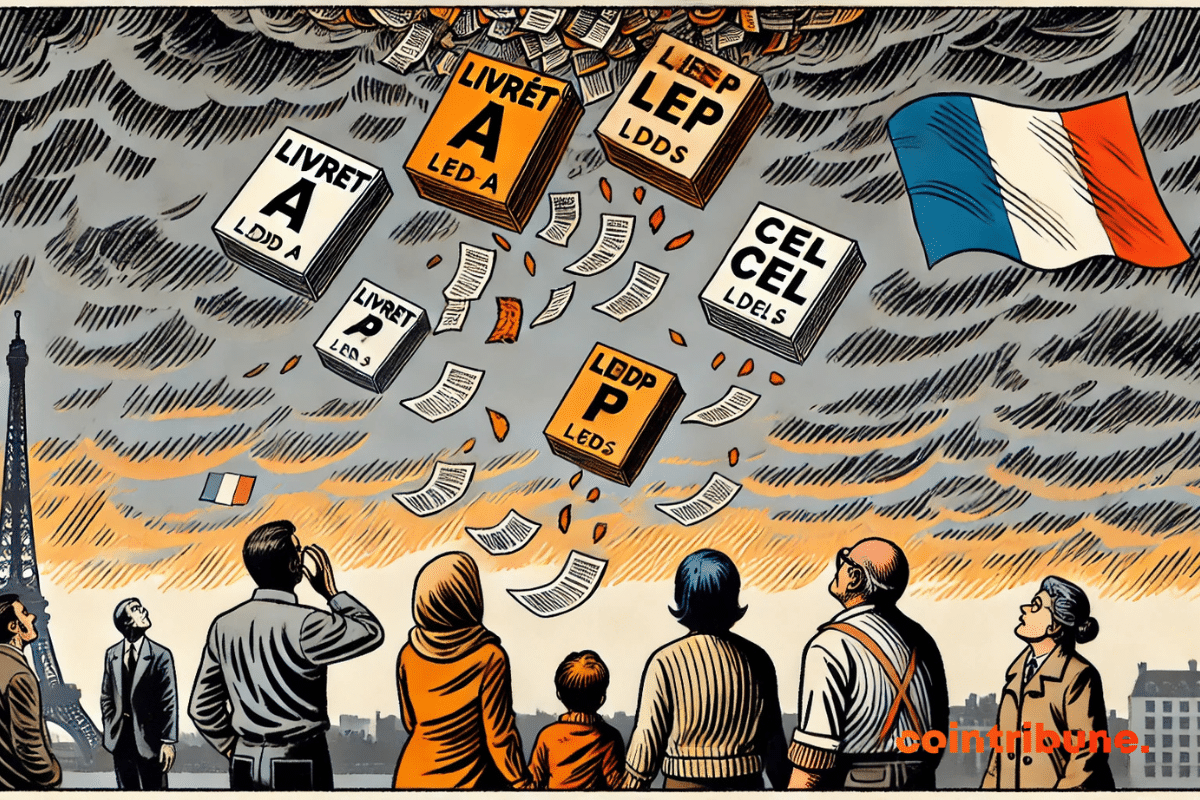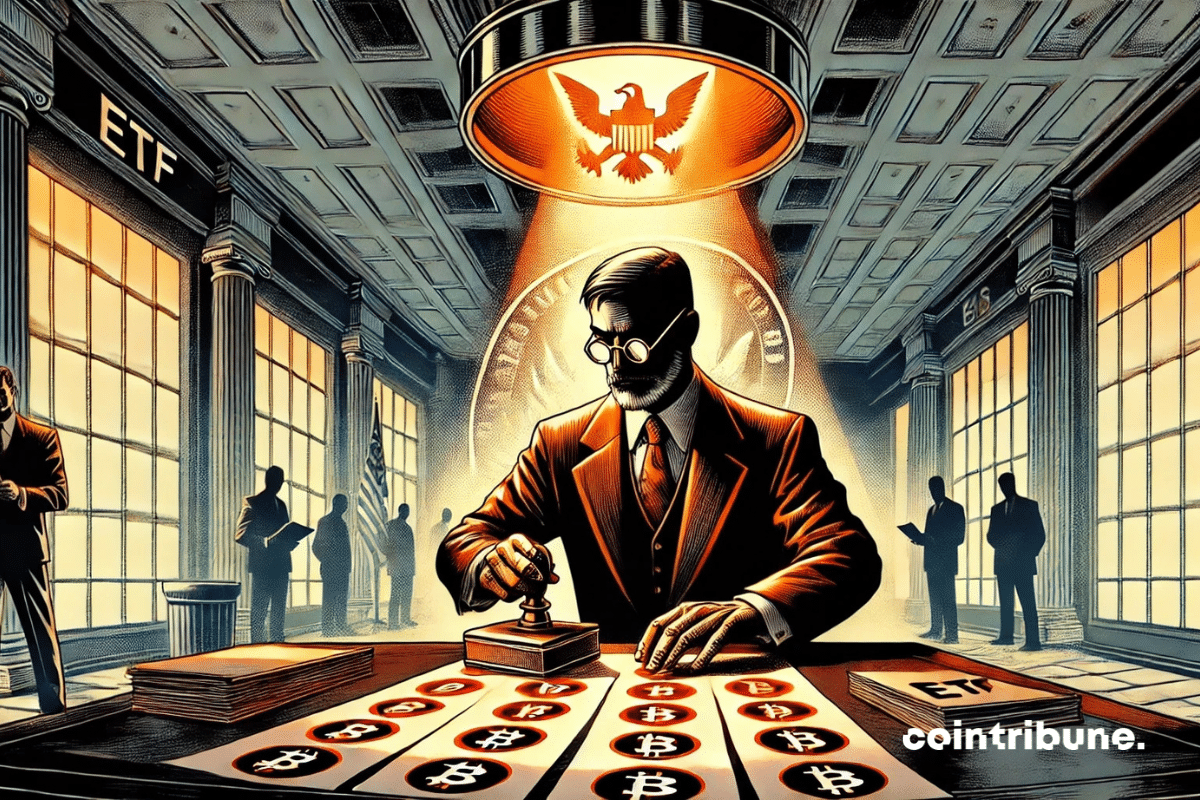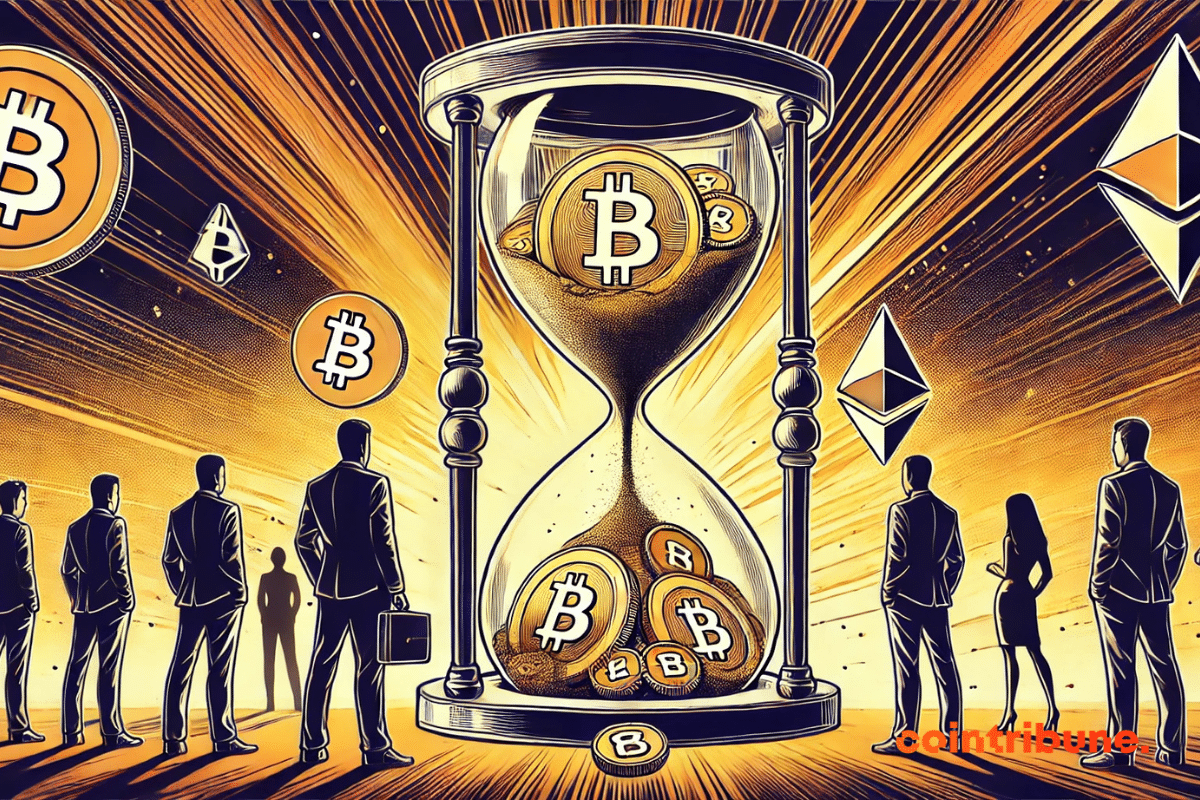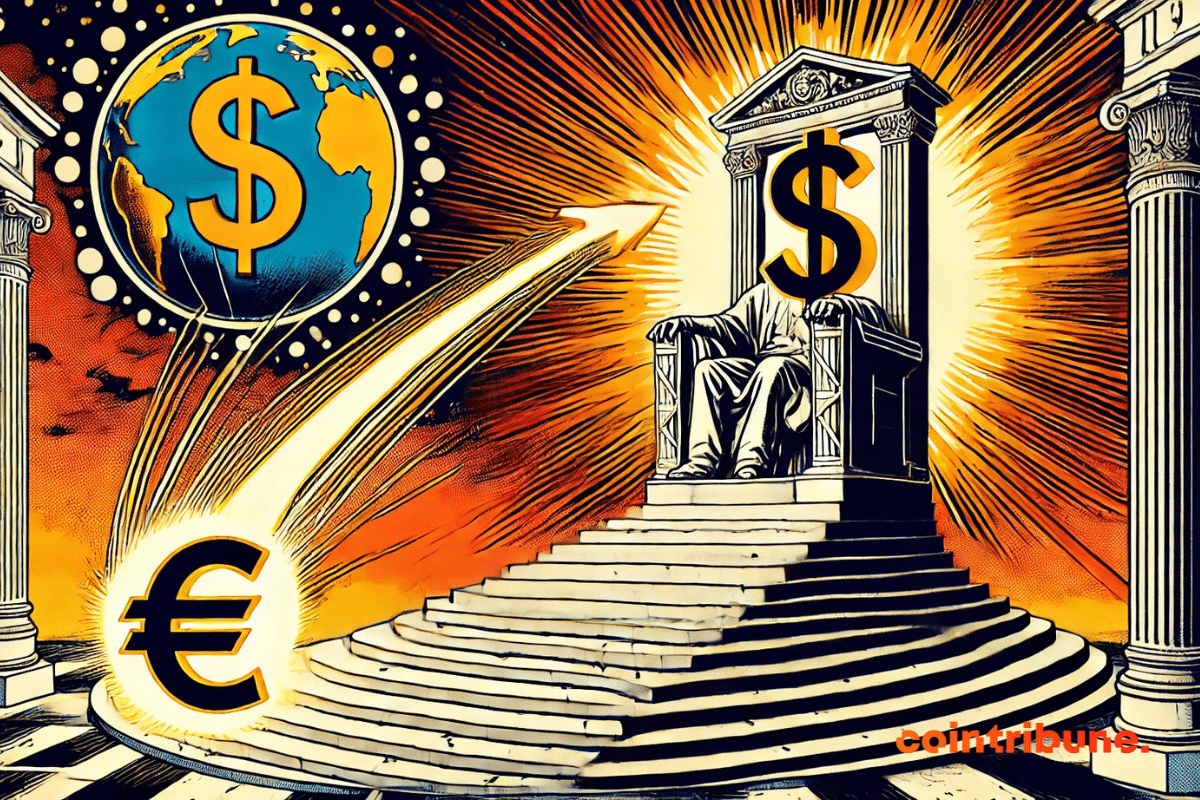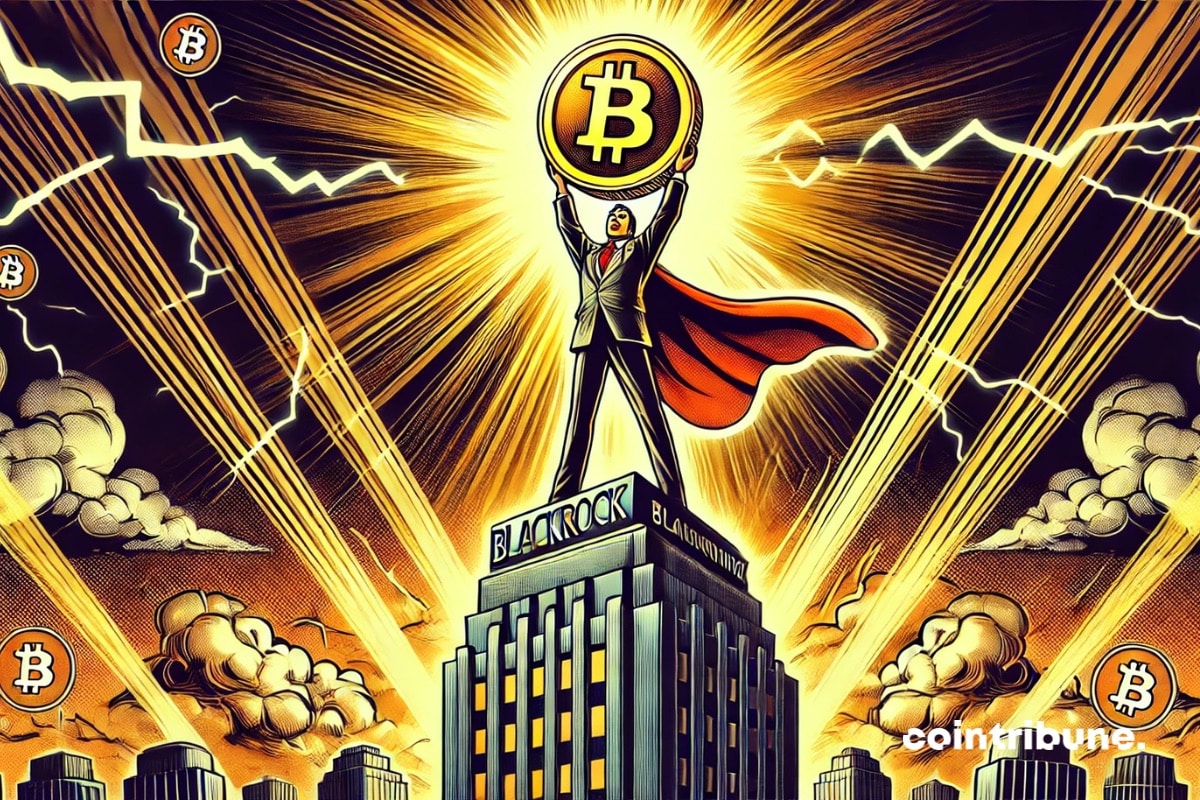Blockchain could experience its major turning point in 2025, comparable to the explosion of ChatGPT in AI. Driven by favorable regulation and the rise of stablecoins, this technology is set to revolutionize traditional finance and public systems, according to a compelling analysis by the American bank Citigroup.
Archive April 2025
At 1.7%, the Livret A no longer inspires dreams. The LEP saves the furniture, while the youth flee to greener, or more volatile, pastures.
Are crypto ETFs in danger? The SEC prolongs the wait despite a new pro-crypto president. The details in this article!
The crypto scene could have marked a historic turning point. A partnership between Nvidia and a blockchain network, an official recognition of crypto by a giant in the semiconductor industry. Yet, as usual, hope turned into a mirage. Just a few hours before the announcement, Nvidia withdrew its support, leaving the project in uncertainty. A scenario that summarizes a tumultuous relationship: despite the technological advancements of blockchain, the Californian company sticks to a clear stance. Crypto remains persona non grata in its ecosystem.
Is history repeating itself? In 2025, capital movements on Bitcoin platforms strangely resemble the tremors of 2023. The numbers speak for themselves: net outflows reach unprecedented levels not seen in two years, while exchange reserves plunge toward historical depths. But behind these statistics lies an invisible duel: whales are accumulating, small holders are capitulating. A scenario reminiscent of the early days of a bullish cycle, where strategy and psychology collide.
The apparent calm of the crypto market could well shatter. At stake: over 8 billion dollars in Bitcoin and Ethereum options are set to expire this Friday, one of the largest volumes of the year. With each expiration, volatility looms. However, this time, the gaps between current prices and pain points could trigger unexpected rebounds. In a climate of macroeconomic hesitation, this massive expiration could well hasten a new fundamental movement.
While the dollar tap dances on a thread of presidential tweets, the euro is trotting towards the monetary throne, galvanized by the missteps of its starry rival.
Stock Market: Stock markets fluctuate under the effect of tariff tensions. Discover what this means for investors.
BlackRock's Bitcoin ETF is making a meteoric rise in the markets. For Michael Saylor, this is just the beginning: he claims that IBIT will become the world's largest ETF within ten years. A bold prediction that reflects the unstoppable rise of bitcoin in traditional finance.
Ripple, in "burn & mint" mode, aims to outdo Tether with its stablecoin RLUSD. The goal: to be among the top 5 stablecoins by December. Stay tuned, but things are heating up!

